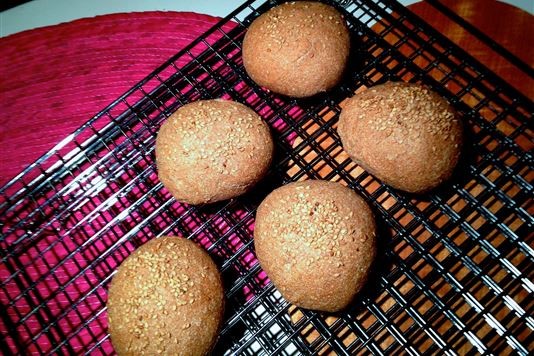
In the final part of our series, baking expert Jane Mason explores the history of the humble cob and tells us how to make our own.
The unsuspecting southerner
Order a sandwich at a sandwich bar in Leicester and you will be asked: “On a cob?”
A what?
What exactly is a cob?

Commercial yeast as we know it (that is, yeast you can actually see) was only developed about 150 years ago, and yet we have been baking leavened bread for thousands of years. Until people could buy yeast, dough was made with a flour and water mixture containing yeast that naturally lives in the air all around us. There are lots of names for this flour and water combo: the one we see most commonly today is ‘sourdough’ – a word that, interestingly, came to the UK from the US.
Then there is the shape: small and round, baked on a tray, and not in a tin. You do not need any fancy equipment to make cobs. Just a tray and an oven. And in today’s world, all ovens come with trays, so no investment needed.
One thing is certain
Size doesn’t matter
There are small cobs that you use to make a cheese cob, and there are large cobs that you slice up and use for toast, or half-moon shaped sandwiches. They’re all cobs, they’re all really beautiful to look at and, for the beginner baker, cobs are great because they require no investment in bread tins. Try it out today!
You can read more about Jane's fabulous bread adventures on her Virtuous Bread blog here.
You might also like